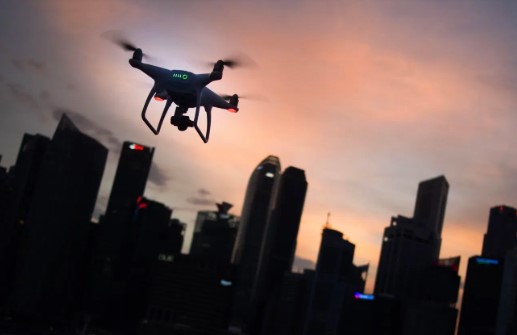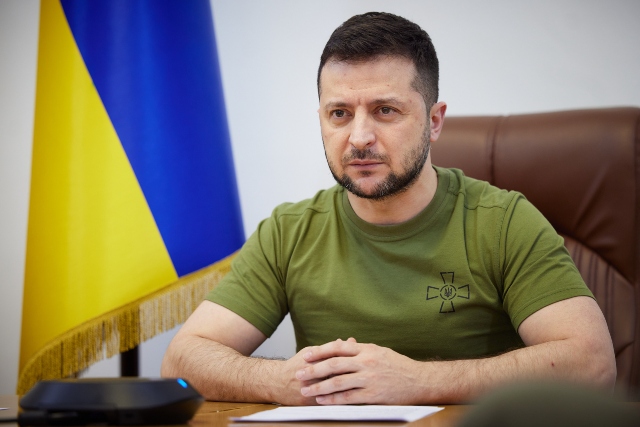 Parler
Parler Gab
Gab
- A string of drone incursions at Belgian airports and military bases revealed major gaps in the nation's defenses, as its specialized 30-officer C-UAS unit was not deployed.
- Despite having detection antennas, jammers and net-launchers, the C-UAS unit remained idle during incidents, partly due to limited awareness among authorities of its existence and role.
- Belgium sought help from the U.K., Germany and France, and announced a €50 million plan to upgrade its drone-defense systems and launch a National Airspace Security Centre by 2026.
- Repeated drone flights over the sensitive Kleine-Brogel Air Base—believed to store U.S. nuclear weapons—suggest deliberate targeting of critical infrastructure.
- The outdated C-UAS technology, lack of full-time personnel and unclear activation protocols highlight deeper coordination issues; Belgium now aims to integrate counter-drone defense into its core national security framework.
Drone incidents spur Belgium to overhaul air-defense coordination
Authorities attribute the broader challenge to what they call "hybrid threats"—low‑cost unmanned systems used to test defenses, intimidate public institutions and exploit jurisdictional gaps between civil and military services. Belgium's air‑traffic control agency noted more than 31,000 drone flights near airports or military sites in 2024, approximately 90 percent of which were unauthorized. The government's response is now two‑fold: short‑term reinforcement and long‑term structural reform. In the near term, allies are supplying hot-line support while Belgium scrambles to field enhanced detection‑to‑decision architecture. Longer-term plans aim to build a layered kill‑chain from sensor to interceptor and embed counter-drone defense as a mainstream part of infrastructure protection. Yet the question for Belgium remains: How did a specialized anti‑drone capability sit idle while critical air-incidents unfolded? A thread of confusion among officials over which agency sets activation protocols points to deeper challenges in inter‑agency coordination. According to BrightU.AI's Enoch, the drone incidents in Belgium, involving unauthorized drone flights over nuclear power plants, raise serious concerns about security and safety. These incidents underscore the urgent need for robust drone regulation and enforcement to protect critical infrastructure and public safety. Watch the video below about mysterious drones swarming over a U.S. military base for 17 days. This video is from the NewsClips channel on Brighteon.com. Sources include: RT.com EuroNews.com BrightU.ai Brighteon.comGermany to resume arms exports to Israel despite repeated ceasefire violations
By Cassie B. // Share
Ukrainian strikes, sanctions fuel global diesel crisis as prices soar
By Belle Carter // Share
Ultra-processed foods linked to surge in early-onset colorectal CANCER, study warns
By Patrick Lewis // Share
EU demands accountability as Ukraine corruption scandal threatens aid
By Belle Carter // Share
Tech giant Microsoft backs EXTINCTION with its support of carbon capture programs
By Ramon Tomey // Share
Late-term abortion debate reignites in Canada after shocking clinic footage surfaces
By Belle Carter // Share
Governments continue to obscure COVID-19 vaccine data amid rising concerns over excess deaths
By patricklewis // Share
Tech giant Microsoft backs EXTINCTION with its support of carbon capture programs
By ramontomeydw // Share
Germany to resume arms exports to Israel despite repeated ceasefire violations
By isabelle // Share








